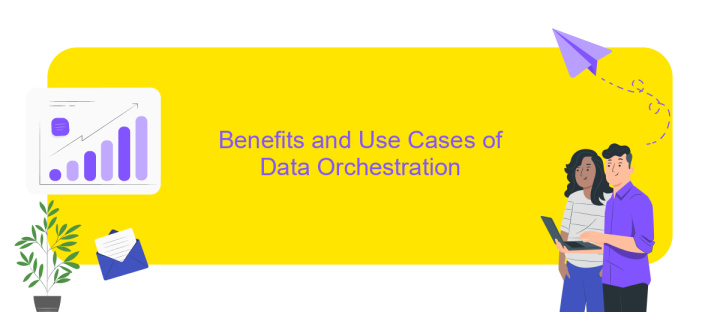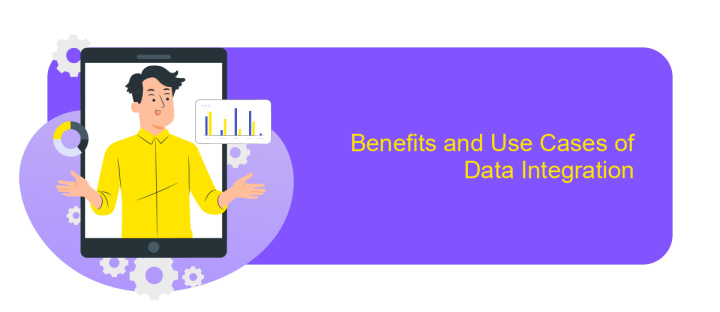Data Orchestration vs Data Integration
In the rapidly evolving landscape of data management, understanding the distinctions between data orchestration and data integration is crucial. While both processes aim to streamline and optimize data workflows, they serve different purposes and offer unique benefits. This article delves into the core differences, functionalities, and use cases of data orchestration versus data integration, helping organizations make informed decisions for their data strategies.
Introduction
In the rapidly evolving landscape of data management, two concepts often come to the forefront: data orchestration and data integration. While both are crucial for effective data handling, they serve different purposes and offer distinct functionalities. Understanding the differences between these two can help organizations make informed decisions about their data strategies.
- Data Orchestration: This involves the automated coordination and management of data workflows, ensuring that data moves seamlessly across different systems and processes.
- Data Integration: This focuses on combining data from various sources into a single, unified view, making it accessible and useful for analysis and reporting.
By distinguishing between data orchestration and data integration, businesses can better leverage their data assets. Data orchestration ensures smooth and efficient data flow, while data integration provides a comprehensive view of the data landscape. Together, they form a robust framework for managing and utilizing data effectively, driving better decision-making and operational efficiency.
Data Orchestration vs Data Integration: Key Differences

Data orchestration and data integration are two distinct approaches to managing data within an organization. Data integration focuses on combining data from different sources into a unified view, often using ETL (Extract, Transform, Load) processes. This approach is essential for creating a centralized repository where data can be easily accessed and analyzed. Tools like ApiX-Drive facilitate seamless integration by automating the transfer of data between various applications, making it easier to consolidate information from multiple platforms.
In contrast, data orchestration involves coordinating and managing the flow of data across different systems and processes. It ensures that data is delivered to the right place at the right time, often involving complex workflows and dependencies. While data integration aims at unifying data, data orchestration focuses on optimizing and automating the entire data pipeline. This includes scheduling, monitoring, and error handling to ensure data reliability and efficiency. Together, these approaches provide a comprehensive strategy for effective data management.
Benefits and Use Cases of Data Orchestration

Data orchestration streamlines the management and automation of data workflows, ensuring seamless data flow across various systems and applications. By coordinating disparate data sources, it enhances efficiency and reduces manual intervention. This leads to improved data accuracy and faster decision-making processes, making it an essential tool for modern enterprises.
- Enhanced Data Accuracy: Automated workflows minimize human errors.
- Improved Efficiency: Streamlined processes save time and resources.
- Scalability: Easily manage growing data volumes and complex workflows.
- Real-Time Processing: Enables quick insights and timely actions.
- Seamless Integration: Connects diverse data sources effortlessly.
Use cases for data orchestration are vast, ranging from ETL processes in data warehousing to real-time analytics in IoT applications. It is particularly beneficial in industries like finance, healthcare, and e-commerce, where timely and accurate data is crucial. By facilitating seamless data integration and processing, data orchestration empowers organizations to harness the full potential of their data assets.
Benefits and Use Cases of Data Integration

Data integration is a crucial aspect of modern data management, enabling organizations to combine data from various sources into a unified view. This process not only enhances data accessibility but also ensures consistency and accuracy across the enterprise. By integrating data, businesses can make more informed decisions, streamline operations, and improve overall efficiency.
One of the primary benefits of data integration is the ability to break down data silos within an organization. When data from disparate sources is brought together, it provides a comprehensive view of the business, facilitating better analysis and insights. Additionally, data integration supports real-time data processing, allowing organizations to respond quickly to changing market conditions and customer needs.
- Enhanced decision-making through comprehensive data views
- Improved data accuracy and consistency
- Streamlined business operations
- Real-time data processing and responsiveness
- Elimination of data silos
Use cases for data integration span various industries and applications. For instance, in healthcare, integrating patient data from multiple systems can improve treatment outcomes. In retail, it enables better inventory management and personalized marketing strategies. Financial institutions leverage data integration to detect fraud and ensure regulatory compliance. Overall, data integration plays a pivotal role in driving innovation and operational excellence across sectors.
Choosing the Right Solution for Your Needs
Choosing between data orchestration and data integration depends on your specific needs and objectives. Data integration focuses on combining data from different sources into a single, unified view, making it ideal for businesses that need consolidated data for reporting and analysis. On the other hand, data orchestration goes a step further by automating and managing the flow of data across various systems, which is crucial for complex workflows and real-time data processing.
If your primary goal is to streamline data workflows and ensure seamless data movement across different platforms, data orchestration is likely the better choice. Tools like ApiX-Drive can be particularly useful in this regard, offering automated integration solutions that simplify the process. However, if your main requirement is to aggregate data from multiple sources for comprehensive analysis, data integration might be more suitable. Assess your specific needs carefully to determine which solution aligns best with your business objectives.
FAQ
What is Data Orchestration?
How does Data Integration differ from Data Orchestration?
Can Data Orchestration and Data Integration be used together?
What are the benefits of using Data Orchestration tools?
How can I automate data workflows and integrations?
Time is the most valuable resource for business today. Almost half of it is wasted on routine tasks. Your employees are constantly forced to perform monotonous tasks that are difficult to classify as important and specialized. You can leave everything as it is by hiring additional employees, or you can automate most of the business processes using the ApiX-Drive online connector to get rid of unnecessary time and money expenses once and for all. The choice is yours!

